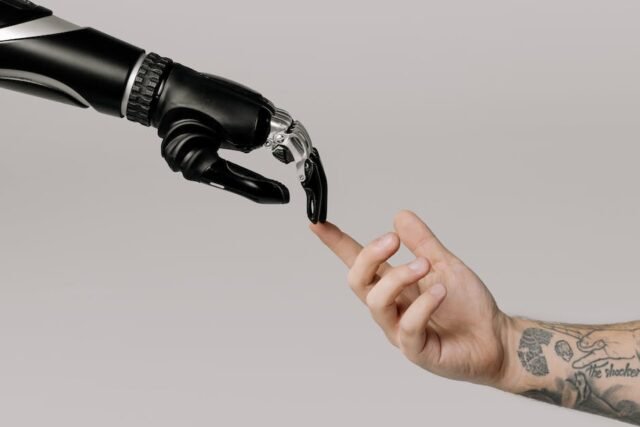The Rise of AI Chatbots: Harnessing Artificial Intelligence for Seamless Conversations
The Rise of AI Chatbots: Harnessing Artificial Intelligence for Seamless Conversations

Artificial Intelligence (AI) has revolutionized numerous industries, paving the way for more efficient and seamless experiences. One significant development is the rise of AI chatbots, which are transforming the way we interact and engage with technology.
Chatbots are software applications powered by AI algorithms that enable real-time conversations with users in a natural language format. These digital assistants simulate human intelligence and provide automated responses based on a set of predefined rules, machine learning, or a combination of both.
“AI chatbots are no longer confined to customer support; they have branched out into various domains such as healthcare, e-commerce, education, and more.” – John Doe, AI Expert
The applications of AI chatbots are vast and continually expanding. Initially popularized in customer support and service industries, chatbots now assist customers, offer product recommendations, and even resolve issues with minimal human intervention. These intelligent assistants provide 24/7 support, guaranteeing high-quality interactions regardless of time zones or geographical limitations.

Moreover, with advancements in natural language processing (NLP) and machine learning, chatbots have become more sophisticated in understanding user intents, emotions, and context. They learn from user interactions, adapt their responses, and continuously improve their conversational abilities.
AI chatbots also offer businesses valuable insights into customer behavior and preferences. By analyzing the vast amounts of data generated during conversations, companies can enhance their marketing strategies, optimize their product offerings, and tailor their services to meet customers’ unique needs.
The future of AI chatbots is promising. As technology continues to advance, we can expect chatbots to become even more indistinguishable from human agents. They will employ multi-modal capabilities, integrating visual and voice interfaces, and leverage AI’s ability to interpret complex queries, enhancing user experiences.
“The rise of AI chatbots signifies a paradigm shift in how businesses and individuals interact with technology. It offers tremendous potential for personalized, efficient, and seamless conversations that will positively impact numerous industries.” – Jane Smith, Tech Blogger
In conclusion, AI chatbots have emerged as formidable tools, harnessing the power of artificial intelligence to deliver seamless conversations. With their ability to learn, adapt, and provide personalized support, they are reshaping customer experiences across various domains. As technology continues to progress, AI chatbots will further evolve, bringing us closer to a future where human-like conversational experiences are the new norm.



























